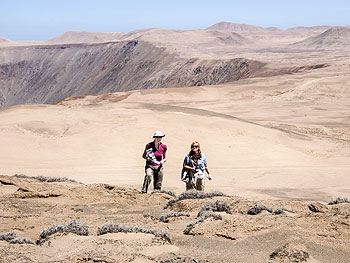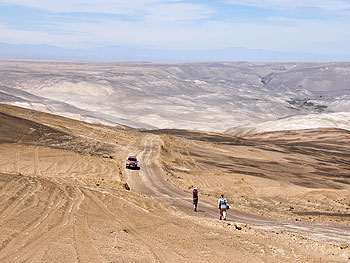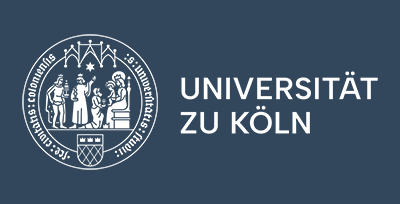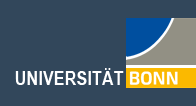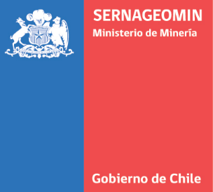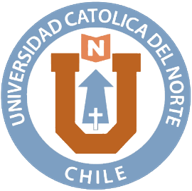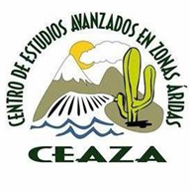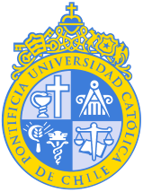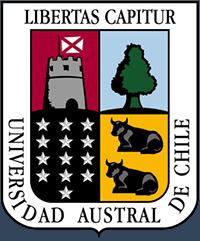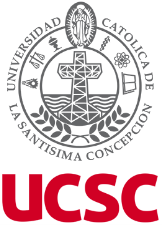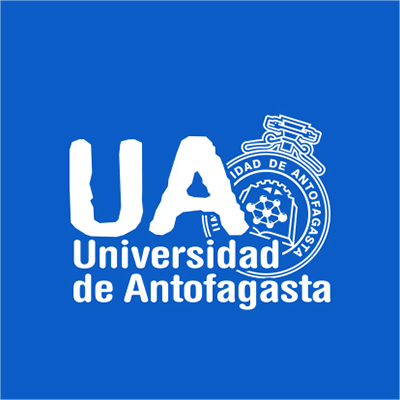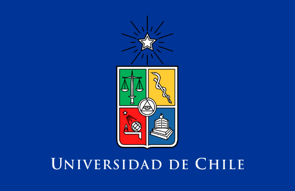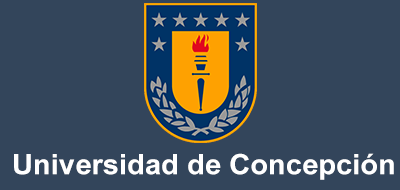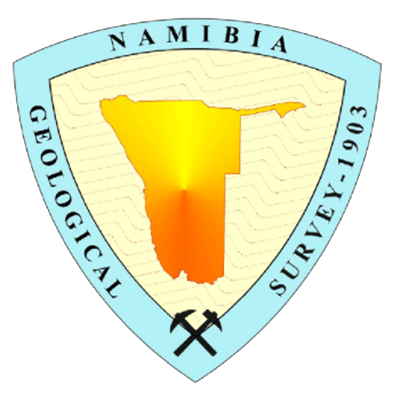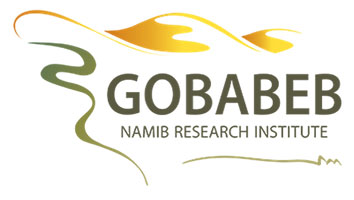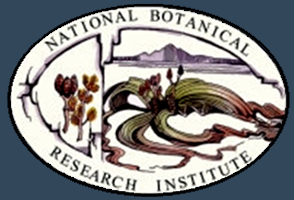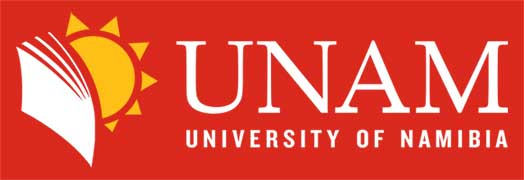We are studying the distribution of microorganisms, mainly bacteria, in the Atacama Desert. We identify the bacteria that live in the dry and salty soils as well as in association with hosts, such as plants and beetles. We then compare the bacterial colonization patterns in these different habitats among each other and with the distribution patterns of their hosts, which allow us to better understand the microbial colonization of the desert. On top of that, we are performing experiments in order to determine to what extent bacteria in soils are alive and can be reactivated upon soil wetting. Our results will give valuable insights into how bacterial life in such an extreme environment functions. We collected samples from all over the Atacama Desert, which means that we will create an inventory of bacterial life in this particular ecosystem.
“Handling the samples in the laboratory is challenging, because of low microbial abundance and the salt content in the soil. So we had to modify quite a few of the existing protocols in our laboratory. Now we are looking forward to bringing the data from the different subprojects together”
– Wiebke Sickel, PostDoc in B4
Thus, we will be able to study the similarities and differences in microbial colonization of the different habitats in the desert and to compare it with desert colonization of higher organisms. Our ‚activity experiments‘ will furthermore answer the question, to what extent the bacteria in soil can react to rare rain events in the desert, which so far remains largely unclear.
Publication
Contact
Prof. Dr. Claudia Knief
Phone: +49 (0) 228 73-2555
E-Mail: This email address is being protected from spambots. You need JavaScript enabled to view it.
|
Photo: W. Sickel
|
|
Photo: W. Sickel
|




